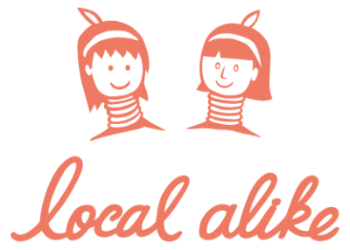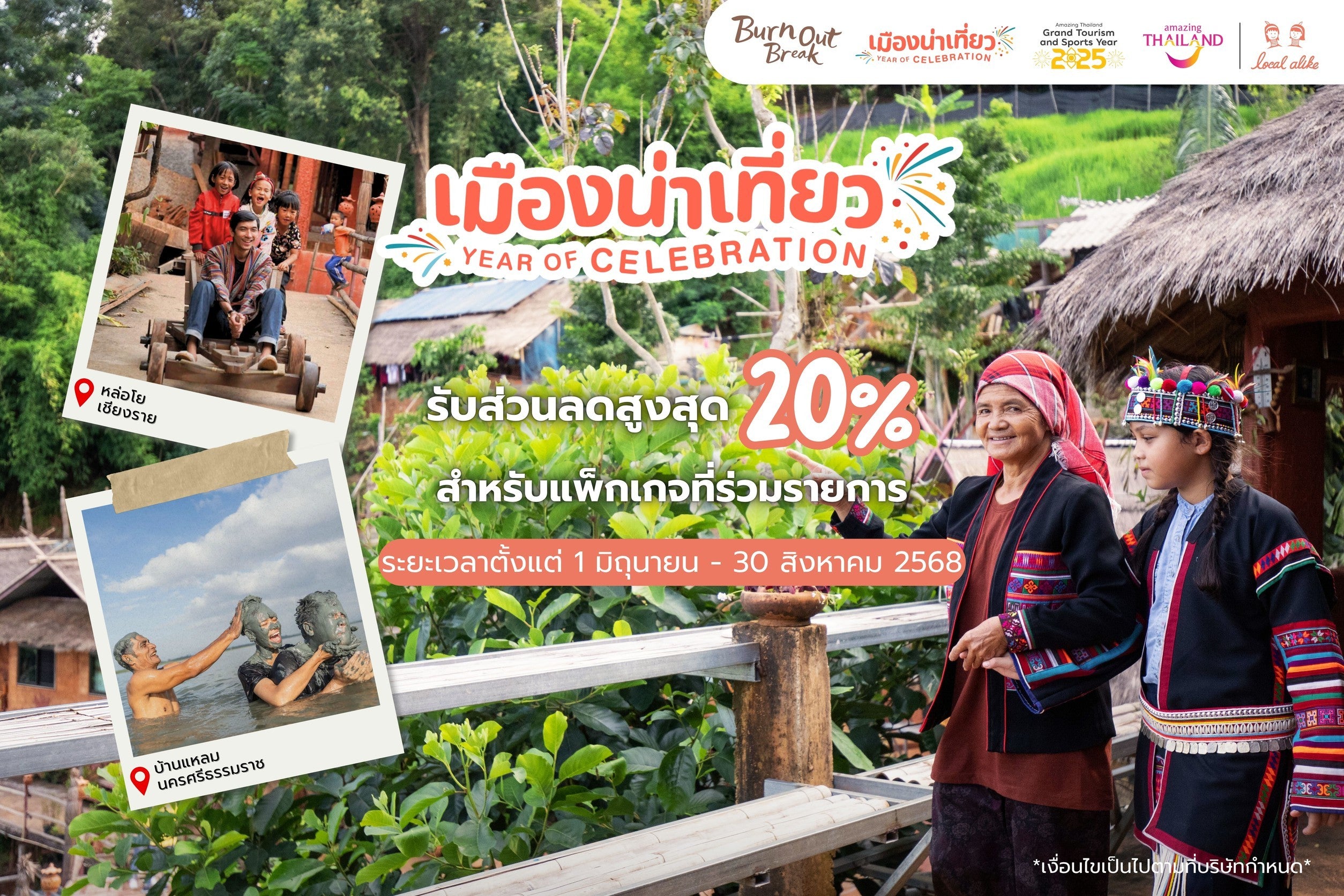Local, company.com
Form Eco Tourism to Regenerative Tourism

9 DIMENSIONS of Development
1.LEGEND - Initially, the settlers established their community on the ridge above the old Mae Sa village. However, due to the insufficient water supply for agriculture there that area, they later relocated to Mae Sa Noi. It is assumed that the name 'Mae Sa' originated from the abundance of 'sa' trees (paper mulberry) in the area, leading to the village being named after the tree.
2.WISDOM - Traditional knowledge of indigenous medicinal herbs and hemp fiber weaving, which serves as a key export commodity and is integrated into daily life through items such as clothing.
3.CULTURE - The residents of Mae Sa Noi maintain their traditional Hmong cultural practices and rituals, including ancestral worship, life-blessing ceremonies, and rites to dispel misfortune.
4.LIVING - Most villagers are engaged in agriculture in mountainous areas, with farming areas being limited. The main crops are mustard greens and cabbages, typically grown during the rainy season. In the lower part of the community, short-cycle vegetables such as lettuce are cultivated.
5.RESOURCE - Forests, watershed sources and agricultural products.
6.ECONOMY - Agriculture, accommodation and restaurants are the main industries of the community.
7.CRAFT - Handicrafts for daily use and rituals, such as hemp woven fabrics, Hmong embroidered textiles, “ta-laew” bamboo baskets, “Guay” containers, and bamboo garlands.
8.CHARACTER - It is a Hmong village that still preserves parts of its traditional way of life and has developed a clear system and approach to wildfire management, such as dividing areas into zones for fire monitoring within each cluster. The village also has a spiritual center that serves as the heart of the community’s beliefs and unity.
9.NATURE - The surrounding montane rainforest and pine forest areas offer diverse opportunities for developing nature trails and eco-educational trekking routes around the community.
6 The Key to the Development Process "Regenerative Tourism"
1.Human Resource Development - Organize community-based tourism skill workshops to strengthen community-initiated activities.
2.Business development - Develop products and services that showcase the community’s identity through activities, souvenirs, food, and especially trails developed by community members.
3.Marketing and technology development - Use social media and various sales and marketing channels to widely reach the target audience, attract their attention, and draw tourists to the community.
4.Social and environmental development - Develop a long-term environmental plan that involves both the community and tourists in conserving the ecosystem together.
5.Landscape development - Create a communal space that connects tourists and allows them to become part of the community.
6.Management, Finance, and Fundraising - Establish a financial management system to enable fair income distribution within the community.
Establish a fund for forest conservation and wildfire prevention.




